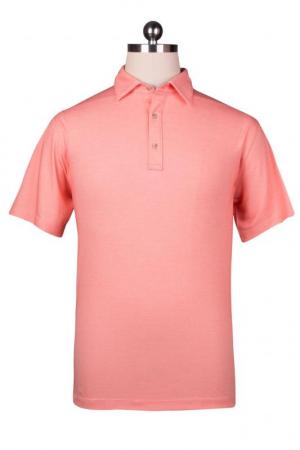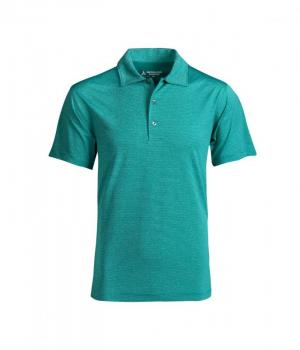Last fall it dawned on me that my 1,000th golf column for the Cape Gazette was soon approaching.
I did a quick calculation (1,000/52 columns per year) and decided that either the March 16 or March 23 column would be the date I passed this startling milestone in writing about golf on a regular basis.
Just to make sure, last week I went to a calendar website and counted the Fridays since the first column appeared Jan. 1, 1999. Because the days of the week don’t directly match the weeks that make up a year, it turned out that for several years there were 53 Fridays.
Column Number 1,000 actually ran Feb. 16, so you’re now reading Column No. 1,004.
Thanks to the Cape Gazette and the thousands of readers who have made this possible. It’s been a lot of fun for me, and I hope it’s been the same for you.
Preparing for the golf season
The official start of the Cape Region golf season is Sunday, April 1. Considering what else is celebrated that same day, that seems completely appropriate.
The smart thing for us golfing fools to do in the meantime is to make sure we and our equipment are ready.
If you’re not buying new clubs this year, a set of new grips is a great way to feel like you did.
I recently had my driver regripped because of a nagging swing flaw. I often loosen and then tighten my right hand on the club during the swing. This eventually creates a small callus on the inside of the thumb’s first knuckle. The callus then wears away the grip in the same spot, leaving a roughly half-inch-wide and 1-inch-long worn spot. I will wear down the new grip during the new season, but for right now, it feels very nice.
Most of the younger golfers I see appear to be in pretty good shape, but the older golfers among us should be careful to make sure their bodies are ready for the physical challenges golf presents. If you haven’t been walking or riding bikes or otherwise moving about on a regular basis over the winter, you should be up and about. You might also consider a stretching regimen every morning to guard against sprains and strains from your first full swings.
If you haven’t cleaned your clubs since last fall, take a few minutes at the kitchen sink with a sponge and a can of Bon Ami. The powder cleanser does a nice job on irons and woods, and won’t scratch the finish. Toothpicks or a tee can remove the grit that sometimes packs into the grooves.
No matter what you use in buffing up your equipment, the simple ceremony of cleaning your clubs is a nice way of anticipating the pleasant rounds to come.
Bermuda Sands apparel
During last year’s PGA Merchandise Show, it seemed that every apparel company featured some kind of heather design for the club pros stocking up for the next season.
In the apparel trade, heather refers to interwoven yarns in complementary colors that produce a flecked appearance. It’s a nice look.
At this year’s show, I met Jeff Wright, chief designer for Bermuda Sands, along with Larissa López-Ibánez. We chatted about the continued use of heather in this year’s lines.
Some Bermuda Sands designs go beyond heather to a bit more, such as the Elite Micro-Stripe Polo. The fabric is supplemented by thin solid horizontal lines that break up the muted heather tones above and below the lines. The color options for these 100 percent polyester polos would look great paired with black golf pants. Wright said they are doing more printed designs on the heathered fabrics, and the look is frankly very easy on the eyes.
Wright also talked about how fashion trends heat up, stay active for a while, and then are replaced by another trend. He said there’s always a risk that an apparel maker will be a little late to the switch. He felt Bermuda Sands has a reduced risk compared to other companies, however, because all of its operations are based in the Western Hemisphere, as he put it.
The company is headquartered in Charlotte, N.C., where the design work takes place. It uses a single factory in Guatemala for manufacturing, using U.S.-based components. The Charlotte location also handles embroidery for club/resort logos on the left chest, as well as distribution. For pricing, Bermuda Sands uses a three-tiered approach of roughly $55/$65/$75.
Wright and López-Ibánez also proudly described the use of recycled plastic bottles in creating their polyester fabrics. Their blended shirts are a mix of cotton, rayon, polyester and a bit of spandex. I saw a very nice Sanderson model which retails for $75.
“We believe our brand name supports our designs,” Wright said. “We’ve come a long way.”
The Bermuda Sands lines are well established in Mid-Atlantic green grass shops. They are sold at Rum Point, Glen Riddle and Ocean City Golf Club in the Ocean City/Berlin area, as well as Deerfield in Newark and the Ed Oliver Golf Course in Wilmington.



























































